By Eric Niderost
In Western countries, “military police” are associated in the public mind with keeping order among off-duty personnel, such as arresting drunken servicemen. The Kempeitai had a much more sinister role, especially during World War II. There was no right of habeas corpus and suspects were considered guilty when arrested. The Kempeitai also enjoyed almost complete autonomy and freedom from restraint.
The Kempeitai had many missions, including counterintelligence and counter-propaganda. Sometimes they would act as agents of the Japanese Army, sweeping districts to “requisition” supplies. At other times the sweeps would be for human victims. Areas often would be searched for young women to be used as sex slaves in Army brothels—the so-called “comfort women.”
Like Germany’s Gestapo and SS, the Kempeitai generally performed the Japanese government’s dirty work with enthusiasm and zeal. They were responsible for rear-area security, running POW and forced-labor camps, and conducting reprisal raids. In the latter instance, certain districts would be deliberately put to the torch, their inhabitants raped and murdered.
The Kempeitai’s Special Camps
The dreaded Kempeitai also ran the special camps—places like Unit 731, where the most horrific medical and other experiments were performed on thousands of American, Chinese, European, and Korean prisoners.
Kempeitai personnel were Japanese soldiers, and it was not uncommon for high-ranking individuals to be transferred out of the organization and given a field command. The notorious General Hideki Tojo, who became Japan’s prime minister and chief of the Imperial Japanese General Staff, once served as an officer with the Kempeitai.
Once the Japanese Army established itself in a location, the Kempeitai would find a place to set up a headquarters. Bridge House was just such a headquarters for the Shanghai area. In terms of organization, there were 65-man sections called buntai, which were further divided into subsections of 25 called bunkentai.
Three Categories of Kempeitai
There were three general categories of Kempeitai: the uniformed police, or Kaimu han; the administration officials, Haikin han; and finally the special-duty troops or Tokumu han. Criminals seemed to have been routinely recruited for the force, with an emphasis on sadists and sociopaths. Such men were not squeamish and could be relied upon to beat, torture, and rape with a measure of enthusiasm, even enjoyment.
It must be said that occasionally—very occasionally—some decent men could be found in Kempeitai ranks. Lt. Cmdr. C.D. Smith remembered that two Japanese English translators actually protested when they witnessed acts of torture and brutality. Their protests fell on deaf ears.
Corruption in the Ranks
It has been said that absolute power corrupts absolutely. This is certainly true of some Kempeitai officers—men like General Saburo Miura. Miura was head of the Shanghai area in 1939-1940, and he used the unlimited Kempeitai powers to his own advantage. There was an area in Shanghai that was commonly called the “Badlands,” a Japanese-controlled area that was deliberately cultivated by the Kempeitai as a vice zone.
Miura was receiving money from the opium dens, houses of prostitution, and other nefarious activities. Greedy for more profit, Miura wanted to extend his criminal empire into the International Settlement but was frustrated before Pearl Harbor. When New York Times correspondent Hallett Abend uncovered evidence of Miura’s corruption and passed it on to American officials, the Japanese general was incensed.
It was at this time that two agents surprised Abend and searched his apartment for evidence of anti-Japanese writings. The masked agents forced Abend to his knees and beat him savagely. For his own safety, the journalist—a marked man and a target for Miura’s assassins—finally left Shanghai. Late in December 1940, Abend returned to the United States, a rare victim who escaped his Kempeitai tormentors.
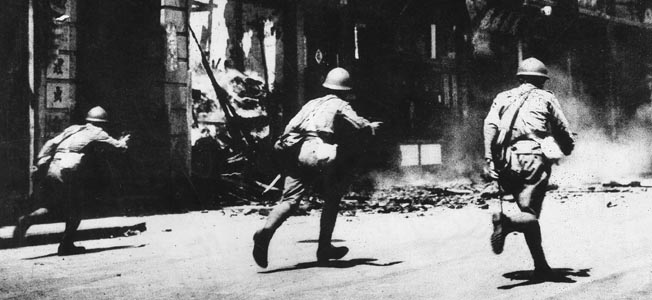
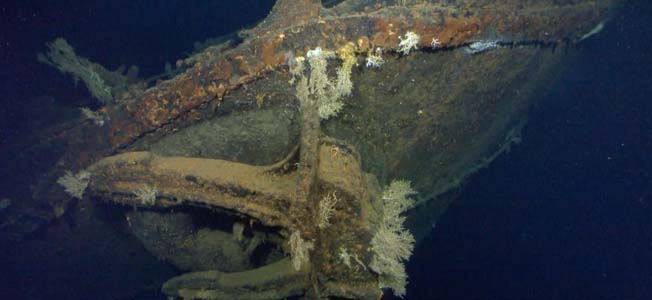
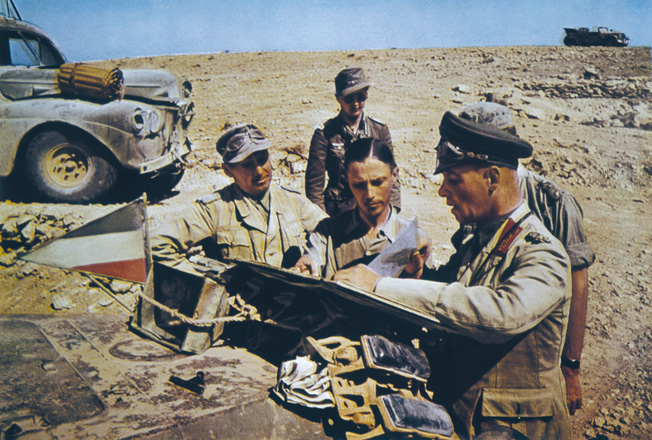
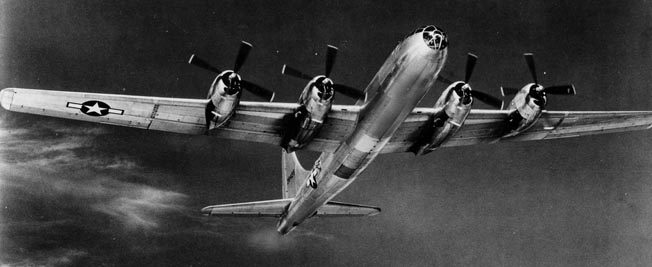
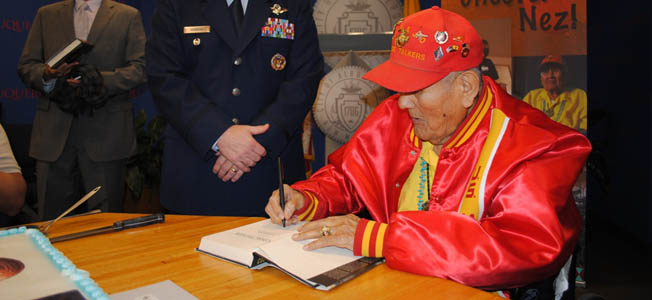
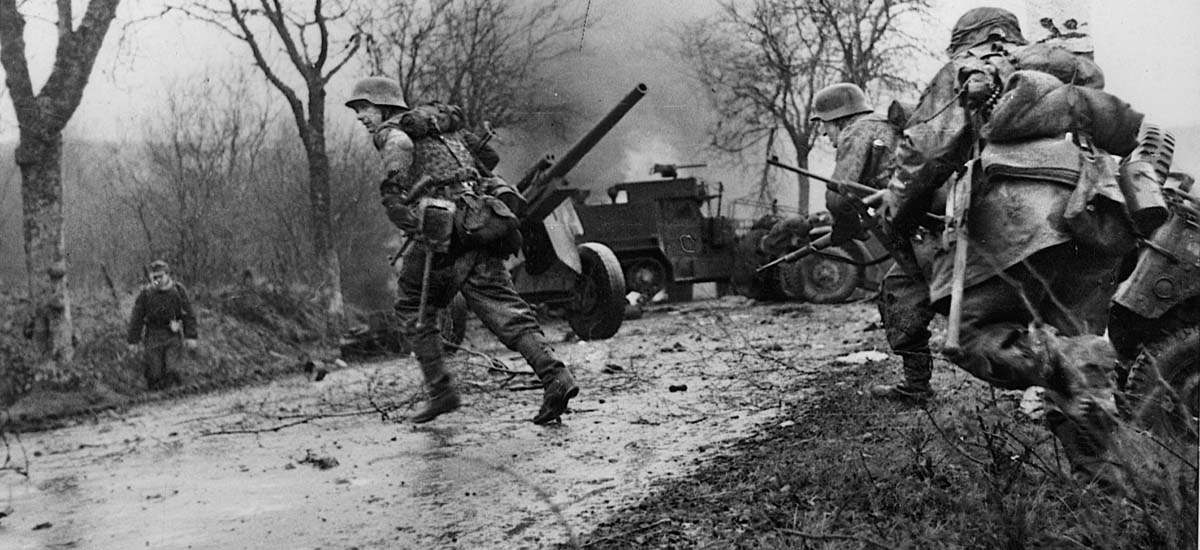
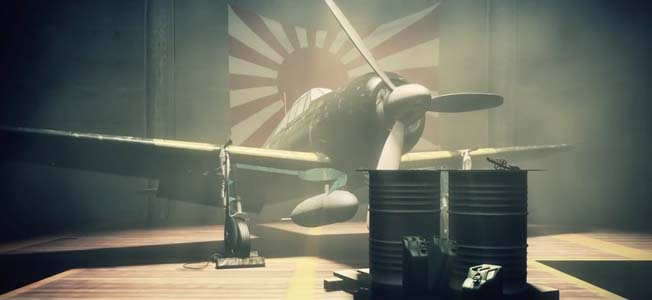
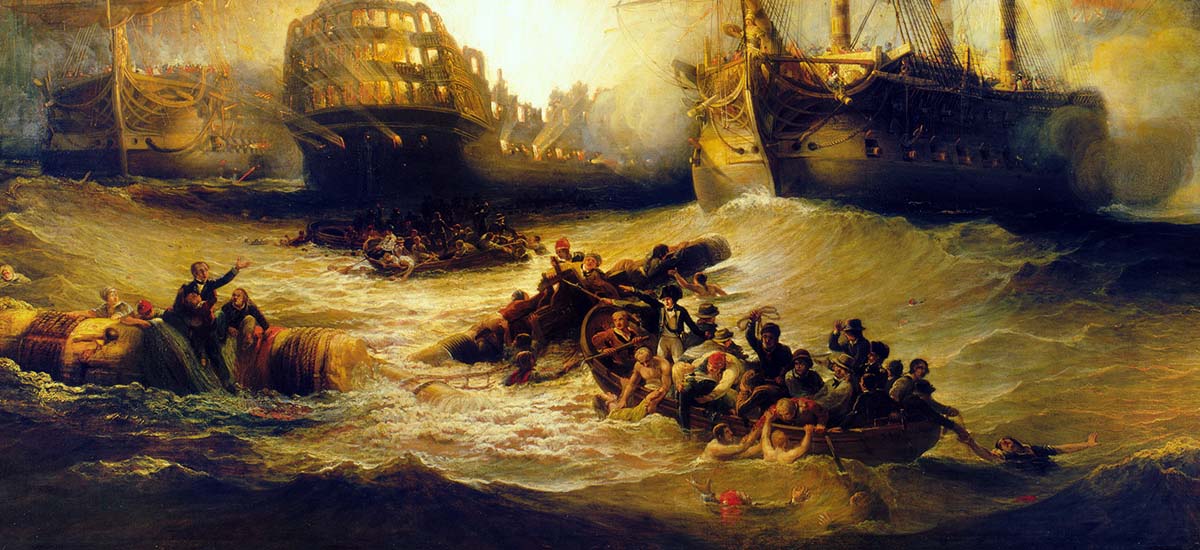
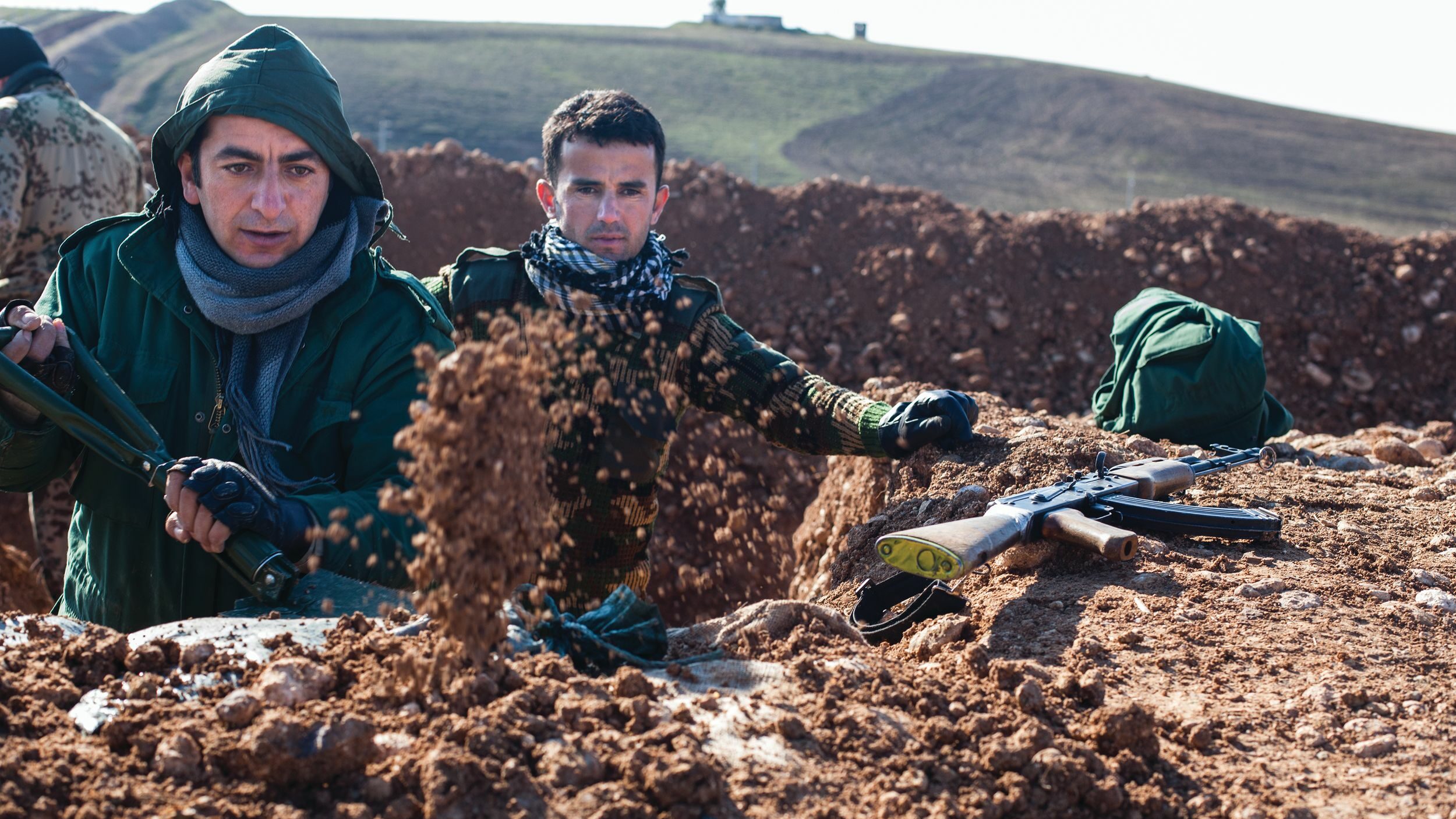
Join The Conversation
Comments
View All Comments